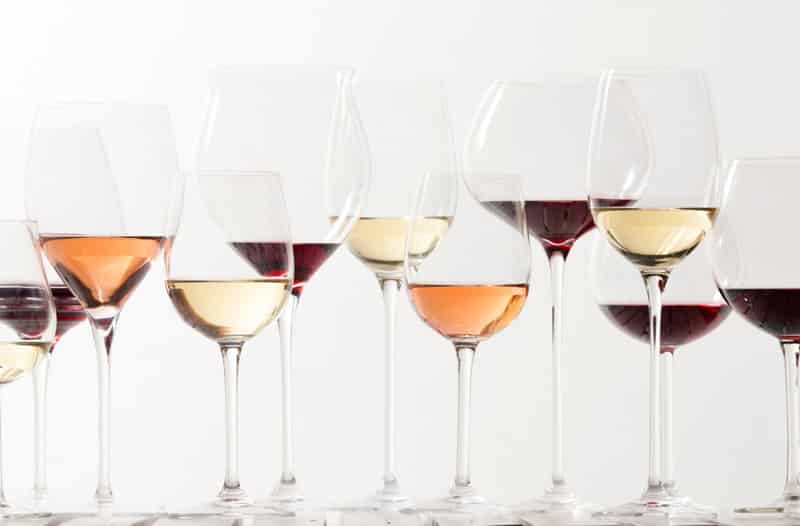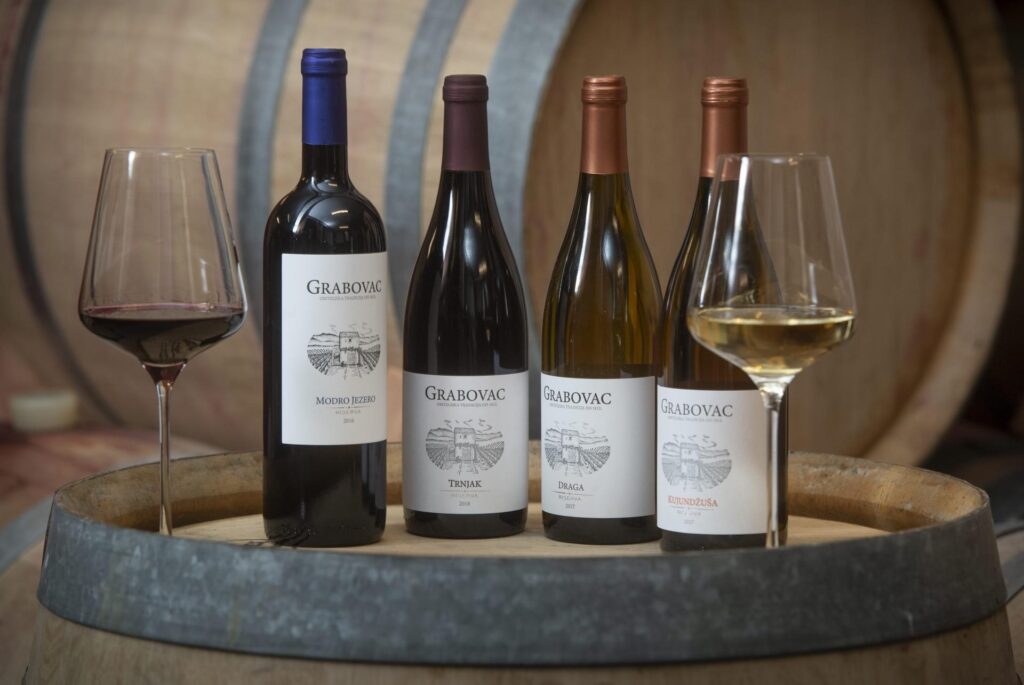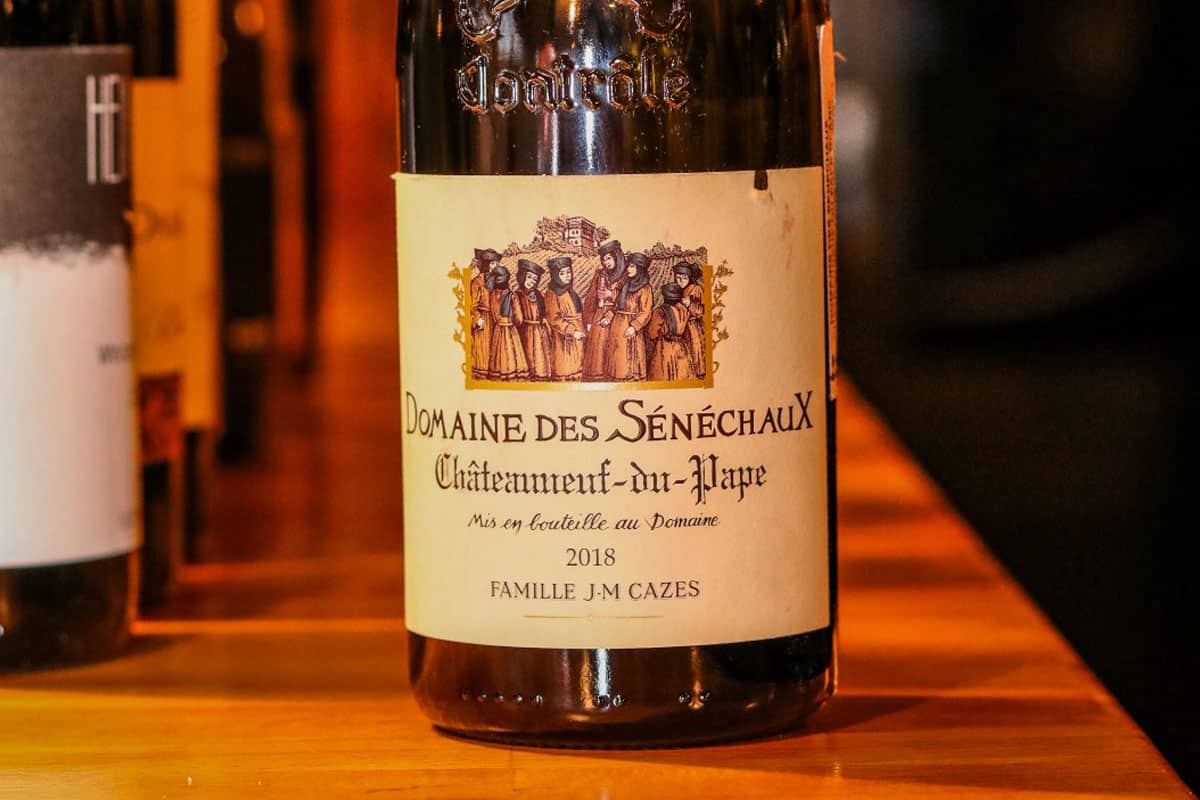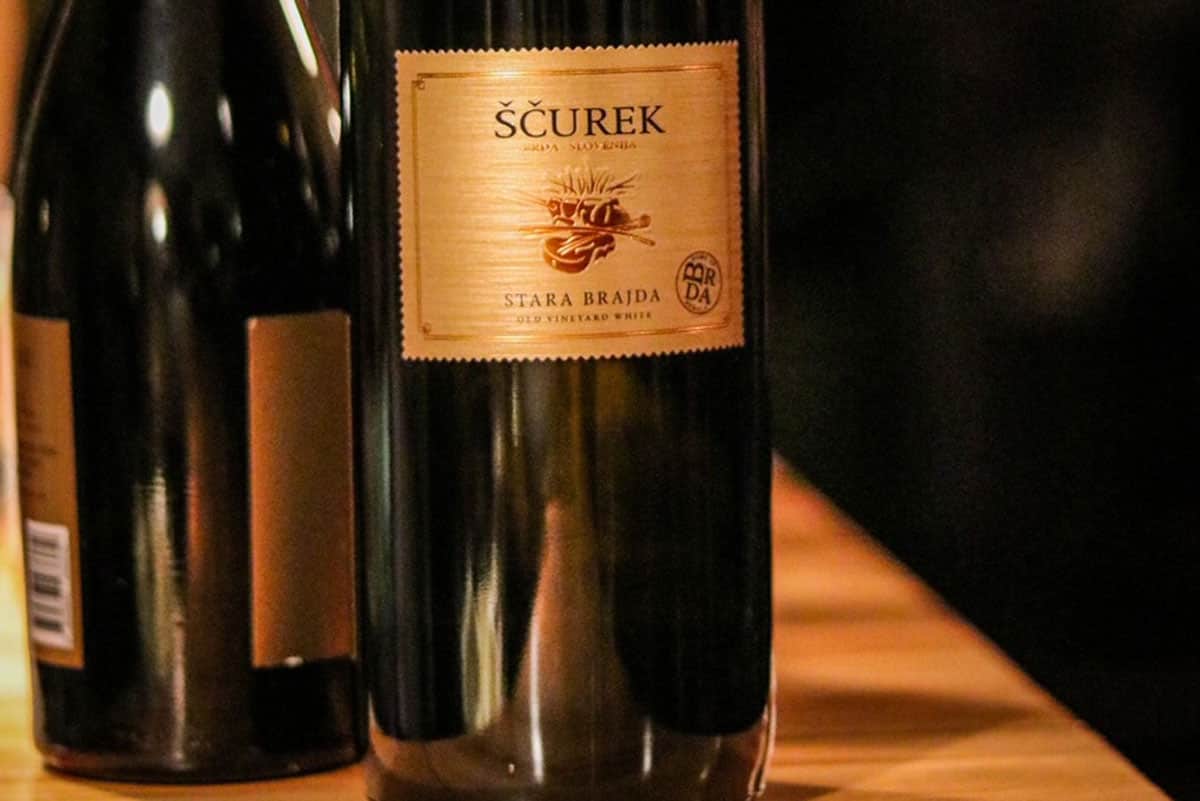Single-varietal Wine or Blended Wine?

Choosing between single-varietal wine and blended wine sparks a lot of interest among wine lovers. Single-varietal wines come from just one type of grape, giving you a pure taste of its flavor. On the other hand, blended wines mix different kinds of grapes to create unique tastes and complexities. What to drink? In any case, it’s hard to answer this question, but it was worth trying…
Introduction
In the United States, for a wine to be labeled with a specific grape name, it must contain at least 75% of that grape.
Oregon goes even further, demanding 90%. Surprisingly, studies show that many wines labeled as single-varietal Cabernet Sauvignon are blends with less than 100% Cabernet.
Blending can make wines more complex and balance their flavors without lowering quality. There are Old World Blends, New World Blends, and New World “Single Varietal Blends,” showcasing the vast choices available.
In Croatia, up to 15% of other varieties can be added for the wine to be labeled as a single-varietal.
Choosing single-varietal or blend depends on whether you crave simplicity or complexity in your glass. Interestingly, the price does not always tell you about quality; both expensive wines and affordable ones can be either single varietals or blends.
Knowing what’s inside your bottle—whether it sticks to one grape type or mixes several—can enhance your appreciation for every sip. Let’s explore how each choice shapes your wine experience! Keep reading for some fascinating insights into the world of winemaking.
What is a single-varietal wine?
Single-varietal wine is made from a singular grape variety. Usually, a small percentage of other varieties are allowed in single-varietal wine.
Single-varietal wines are showcasing the distinct characteristics of that specific grape variety.
This means all the flavor, aroma, and characteristics you enjoy in your glass stem from a singular grape variety.
Take Chardonnay or Merlot, for example – these are not just names on a bottle.
They tell you exactly what to expect in a bottle of wine.
Characteristic features of single-varietal wines
I believe that single-varietals are wines that have a specific character with clearly defined organoleptic properties.
They can be enhanced by aging on fine lees, in a proper barrel, or amphora.
What wine lovers expect from these wines and appreciate are clear varietal characteristics, and preferably also recognizable terroir traits.
Terroir refers to how a region’s climate, soils, and overall growing conditions imprint themselves on the grape – adding layers of depth and nuance to the wine’s profile.
The focus on one grape also simplifies understanding terroir’s impact.
Wine enthusiasts can dive deep into cultivar-specific characteristics with each bottle they uncork. Its a way to strengthen your palate and knowledge base without distractions from other grape varieties mixed in.
What are blended wines?
A blended wine uses at least two different grape varieties. These varieties can be blended in many ways. Sometimes they are picked and fermented together, and sometimes they are blended in the cellar.
They should (and usually do!) offer a balance of diverse characteristics, resulting in complex taste profiles.
With blended (multi-varietal) wines a somewhat wider spectrum of aromas and flavors is expected.
The reason behind it is that each grape in a blend gives its contribution to achieving a greater “splendor”.
Every enologist pays attention to the ratio that can give the best results when using a stainless steel vat or a barrel.
Think of them as a team where every player contributes their best qualities to win the game.
Examples range from Old World classics like Bordeaux, which can mix Cabernet Sauvignon with Merlot and Cabernet Franc.
To New World creations such as GSM – Grenache, Syrah, Mourvèdre – blends that burst with vibrant flavors.
The blending process involves careful selection and combination of different varietals.
Master blenders aka enologists or wine consultants play a crucial role here – they decide on the blend composition and ratio to achieve a unified character in every bottle.
Contrary to common thought, blended wines aren’t just about cutting costs or masking the single-varietal deficits.
They are artfully created for richer experiences, often seen in acclaimed labels like Châteauneuf-du-Pape or Super Tuscan wines.
By combining various grapes, a blend can dial back intensities, add layers of flavor, and bring out distinctive characteristics of each grape.
This results in a versatile and multifaceted wine with an intricacy that captivates us.
Blends also offer flexibility to winemakers by harnessing the strengths of different grapes to achieve consistency across vintages.
Additionally, blending provides an opportunity to showcase vineyard diversity and terroir influence. Resulting in wines that are greater than the sum of their parts.
Best blended wines
We tested many top-quality Croatian and international blended wines. Here are some of our top choices.
Menegetti White
Menegetti White is among the best white blends in Croatia. The varieties blended are Chardonnay and Pinot Blanc.
The color is straw yellow color with golden reflections and pronounced ripe exotic aromas of pineapple, citrus fruits, and melon, with hints of butter, toasted hazelnuts, and fine wood. Vanilla opening in the background. The balance is excellent.
The mouthful is complex, layered, and long, with a creamy, dense, delicate, and harmonious taste. Maturing in oak barrels was done very precisely. The aging potential is at least 3 to 5 years, probably much more.
Kopjar Cuvée
A wine produced with organically grown grapes, a blend of Manzoni, Graševina, Chardonnay, and Sauvignon. The smell is seductive, which is also the main attribute of this wine thanks to grape varieties with a pronounced aromatic profile. It smells of yellow fruit, like apricot and pineapple. On the palate, it is harmonious and pleasant. The acidity is nicely balanced so that the residual sugar (semi-dry wine) is not too high. It’s a light to medium-bodied wine, pleasant and refreshing, with lower alcohol (12.5%).
Grabovac Draga Riserva

This winery should be on everybody’s radar!
Draga Riserva is a blend of Chardonnay, Pošip, Sauvignon Blanc, Viognier, and Žilavka.
The wine is special thanks to the firmness and cremosity of Chardonnay, a hint of Mediterranean herbs from Pošip, the ripe fruitiness of Sauvignon, Viognier, with Žilavka giving a touch of the terroir.
The color is golden-yellow; the wine is very complex, mature, rounded, and long-lasting in the mouth.
It was aged in wood and has long aging potential. The name comes from the position of Vučja draga.
We strongly recommend their wines!
Terlaner Cuvee
This wine is a typical example of a good cuvée from South Tyrol. Alto Adige is known for Pinot Blanc, which is not so well known, and in this wine, its share is 60%. Chardonnay (30%) carries the structure of the wine, and the rest 10% is Sauvignon Blanc. Twenty percent of the wine was aged in wood and then blended with the rest from stainless steel vats. Straw-yellow color, quite dense, with vivid reflections, pronounced but not overwhelming aromas (ripe yellow and white fruit – apricot, pear, a bit of citrus), and intensity. Medium to full-bodied, with a pleasant, mineral aftertaste, this wine is enjoyable, with a lingering finish.

Domaine des Senéchaux, Famillie J-M Cazes, Châteauneuf-Du-Pape 2018
A representative of the Rhône blend made from Russanne, Clarette, Grenache Blanc and Bouboulent grapes. It ages in a combination of stainless steel and old oak barrels. Straw-yellow color, with aromas of apricot and melon, hints of pineapple. On the palate, it is structured and fresh, mineral, with some subtle bitterness. Medium to full-bodied, with a long aftertaste. This wine can last for another 4-5 years.
Ščurek Stara Brajda
Everybody knows that the Brda region in Slovenia is among the best wine regions in the world. One of the most peculiar local characters is Stojan Ščurek, who always puts the uncompromised quality of his wines first.
Stara Brajda from a Magnum bottle vintage 2011, unfortunately, no more available on the market, left a strong impression at our tasting.
The biggest terroir impact and character comes from the Rebula grape.
It is also the most highly esteemed local grape, with a share of 60% in the blend.
Picolit amounts to 20%, and the rest is Pika, Glera, and Tržarka.
The color ranges from golden-yellow to old gold. The wine is very dense, full of intense ripe aromas with some hints of honey, yellow flowers, and oriental spices (piquant).
On the palate, it is full and ripe, mineral and well-balanced. It features cremosity, a lingering finish, and a surprisingly nice freshness. This wine is a heaven for our senses and we will remember it for a long time.
How to choose between blended and single-varietal wine?
Finally, it is important that the wine is drinkable to begin with, easily paired with food, affordable and that it has something special that intrigues us.
We have listed some of our favorites, and hope you might like them, too.
What is your choice?




















